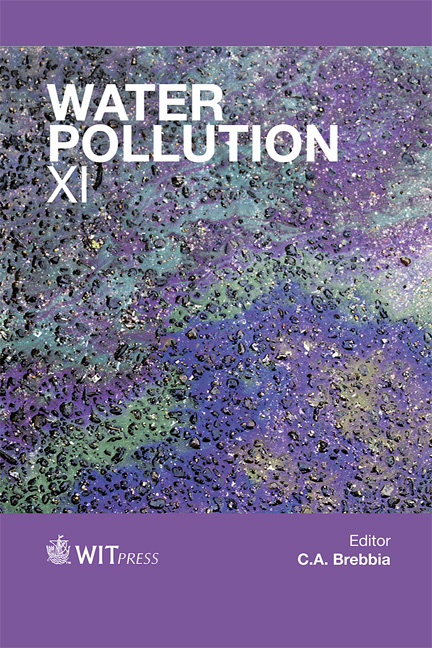Impact Of Aluminium Based Hydrolyzing Coagulants And Aids In River Water Clarification
Price
Free (open access)
Transaction
Volume
164
Pages
11
Page Range
299 - 309
Published
2012
Size
377 kb
Paper DOI
10.2495/WP120261
Copyright
WIT Press
Author(s)
S. Mukherjee, A. K. Bhattacharya & S. N. Mondal
Abstract
Coagulation and flocculation as a physicochemical treatment process has received considerable attention in recent times for clarification of raw water. Different hydrolyzing coagulants are normally employed for clarification, however among them aluminium based salts have attained significance particularly in the treatment process for preparation of drinking water. In the present case different aluminium based salts, polymers and coagulant aids were studied to evaluate their performances and compared. The study mainly focused on the optimization of turbidity, which remains the principal criterion for effectiveness of the clarification process. Along with this, different other parameters, particularly residual aluminium were studied to foresee any hazard that may creep up the clarification process. Poly-aluminum Chloride (PACl) when used in tandem with Alum increased the efficiency of Alum whereas Bentonite Powder had no effect on it in terms of reduction of urbidity. Regarding residual aluminium, PACl showed a character different from the traditional salts. Keywords: coagulation, flocculation, hydrolyzing coagulants, river water, turbidity; residual aluminium.
Keywords
coagulation, flocculation, hydrolyzing coagulants, river water, turbidity; residual aluminium





